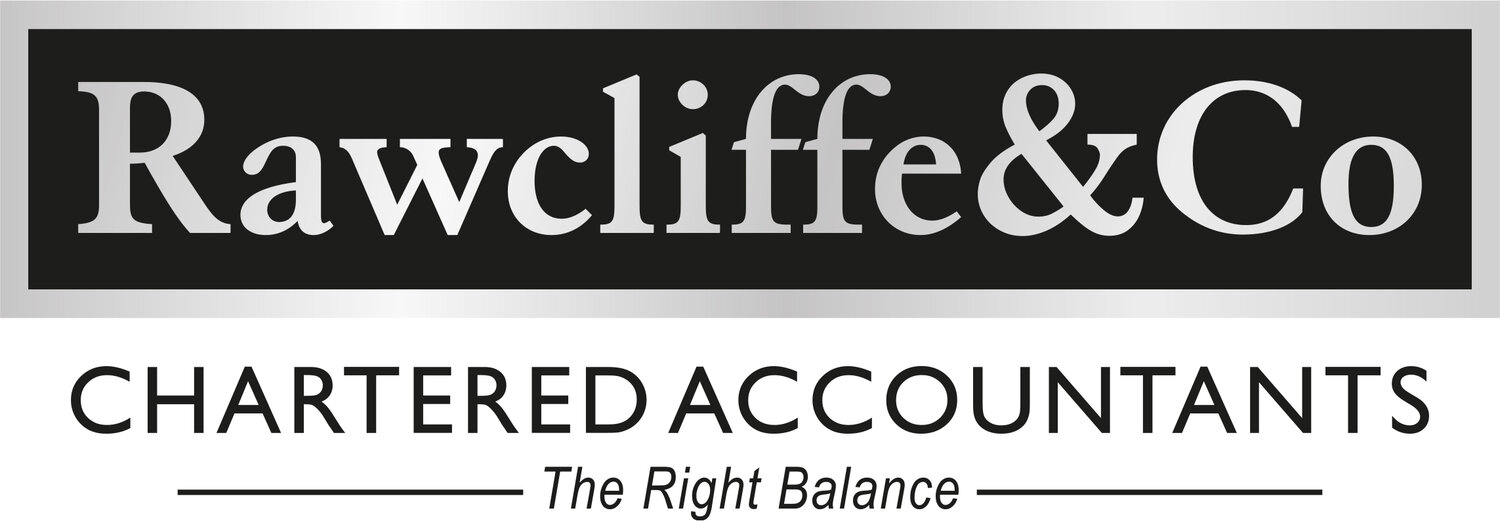Truck Tax: Double Cab Pickups 1 July 2024 Onwards
From 1 July 2024, HMRC will no longer interpret the legislation that defines car and van for tax purposes in line with the definitions used for VAT purposes. This VAT approach for double cab pickups differentiated based on payload, with anything under one tonne classified as a car, and anything a tonne and over as a van. This rule was replicated as a pragmatic way of resolving the primary suitability and classification of double cab pickups.
This finely balanced test is at odds with the judgement reached by the Court of Appeal in Payne & Ors (Coca-Cola) v R & C Commrs (2020) BTC19 (see EIM23121). This confirmed that when applying the primary suitability test at Section 115 ITEPA 2003, decisions shouldn’t be reached on a narrow margin. Furthermore it clarified that where there are finely balanced cases, where no predominant suitability for the carriage of goods can be identified, the default should be that they are cars.
Going forward, classification of double cab pickups will therefore need to be determined by assessing the vehicle as a whole at the point that it is made available to determine whether the vehicle construction has a primary suitability as per the two-part test outlined at EIM23115 onwards. It therefore follows that from 1 July 2024 most if not all double cab pickups will be classified as cars when calculating the benefit charge. This is because typically these vehicles are equally suited to convey passengers and goods and have no predominant suitability.
Transitional arrangements
Transitional arrangements will apply for employers that have purchased, leased, or ordered a double cab pickup before 1 July 2024, whereby they will be able to rely upon the previous treatment until the earlier of disposal, lease expiry, or 5 April 2028. The position prior to 1 July 2024 remains unchanged as outlined at EIM23150.
The following examples all relate to double cab pickups made available to employees, that are not of a construction primarily suited for the conveyance goods or burden;
Example 1 – Employer A purchased a double cab pickup on 14 September 2024. As purchases on or after 1 July 2024 would be subject to the new rules, in this example the vehicle would be classified as a car and a car benefit charge would arise.
Example 2 – Employer B leased a double cab pickup on 10 April 2024. As this was leased before 1 July 2024, the previous rules continue to apply for Employer B until the earlier of the lease expiry, or 5 April 2028.
Example 3 – Employer C purchased a double cab pickup on 10 July 2023. This was subsequently traded in on 1 November 2024 for another double cab pickup. The previous rules apply to the first vehicle for Employer C until the trade in point on 1 November 2024. As the new double cab pickup was purchased after 1 July 2024 it will represent a car under the new rules and a car benefit charge would arise.
Example 4 – Employer D placed an order for a double cab pickup on 5 January 2024, but this was not available to the employer until 2 September 2024. As the agreement was entered into before 1 July 2024, the previous rules continue to apply for Employer D until the earlier of disposal, lease expiry, or 5 April 2028.

